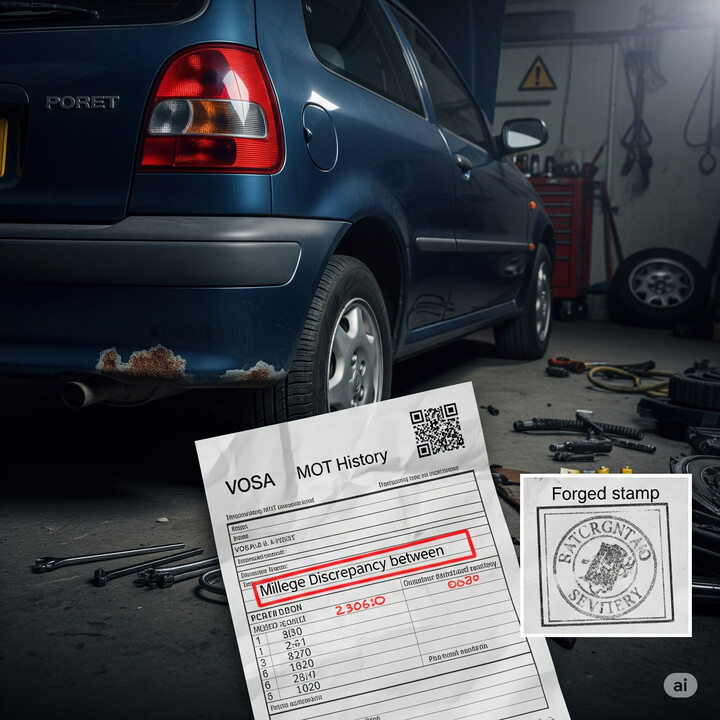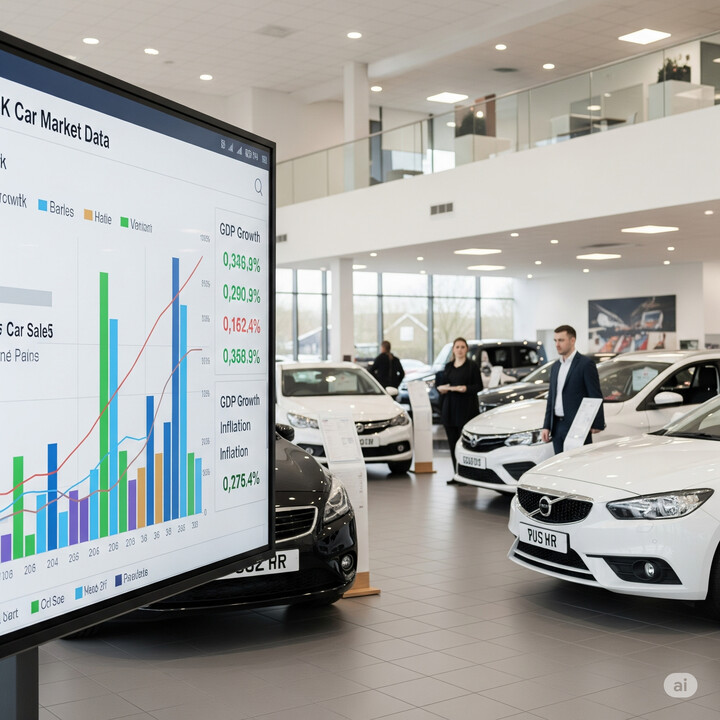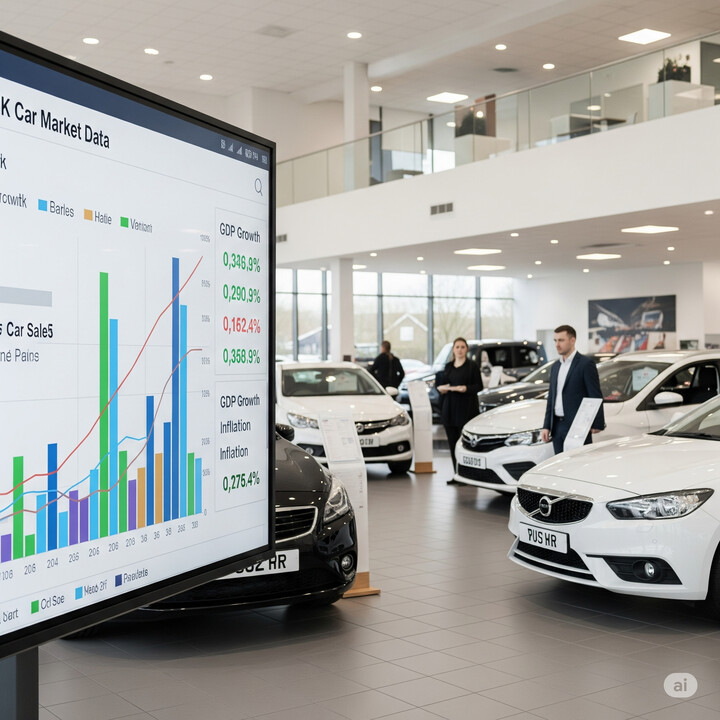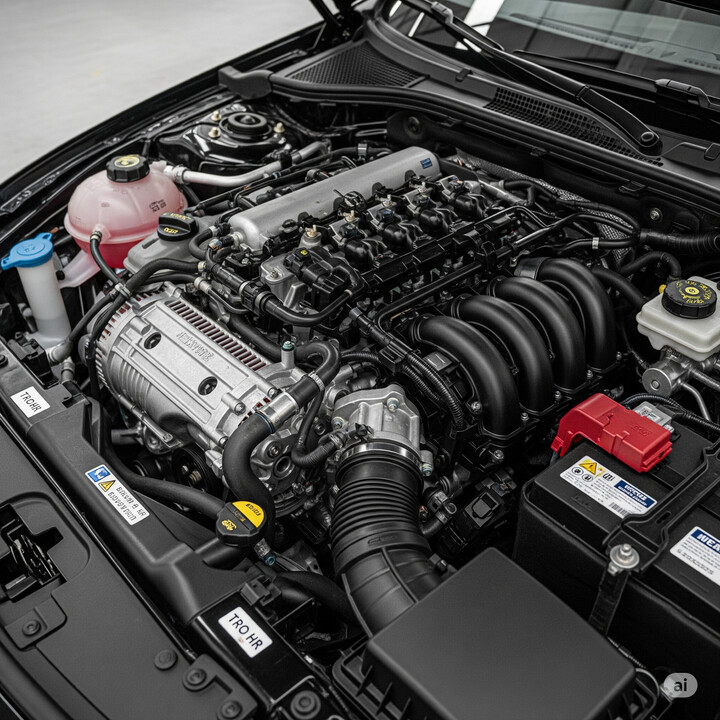
BMW X3 (2021-24)
The BMW X3 (2021-24) is a premium SUV that offers a blend of luxury, practicality, and sporty driving appeal, making it an ideal choice for families, professionals, and those seeking a versatile vehicle. With a strong presence in the UK market, this model is known for its stylish design, comfortable interior, and modern features. Its spacious cabin and adjustable rear seats make it suitable for everyday commuting, family trips, or even light outdoor adventures. The BMW X3 (2021-24) is often praised for its smooth handling, refined ride, and impressive build quality, standing out among rivals in the competitive SUV segment.
Based on data from over 3,700 lookups on MyCarCheck.com, the average valuation for used models is around £45,607, with most vehicles having covered approximately 26,768 miles. The typical owner tends to have kept the vehicle for less than a year and has had fewer than one previous owner on average, indicating good reliability and a reasonably fresh history. Known for its driving experience and standout features, the BMW X3 (2021-24) is a highly regarded option for those seeking a stylish, capable, and dependable SUV in the used car market. Whether you're after daily commutes or weekend getaways, this model continues to stand out in its class.

average use

The most recent mileage data for recent BMW X3 models shows that the majority of vehicles, approximately 54.8%, have recorded between 0 to 10,000 miles, indicating that most are relatively low-mileage. The next most common mileage bracket is 20,000 to 30,000 miles, at 17.1%. Lower mileage readings dominate the dataset, with minimal vehicles recorded beyond 60,000 miles; only 0.5% have between 70,000 to 80,000 miles, and just 0.3% reach 60,000 to 70,000 miles. This suggests that most BMW X3s from 2021-24 tend to be fairly new or lightly used, which could be attractive to prospective buyers seeking low-mileage vehicles.

vehicle values

The data provides private sale valuation percentages for BMW X3 (2021-24) vehicles across a range of price brackets in the UK. Notably, lower to mid-range prices (e.g., £21,000–£37,000) tend to have higher private sale variances, with some brackets like £36,000–£37,000 and £34,000–£35,000 showing fluctuations around 5.6% to 6.7%. Interestingly, very high-mileage or higher-priced ranges (over £50,000) show lower or minimal percentage differences, often below 1%, indicating less variability or potentially higher buyer confidence at those levels. Overall, the data suggests that vehicles in the mid-price ranges experience more notable variation, while more expensive models tend to have comparatively stable valuation percentages.

production years

The data shows that among BMW X3 vehicles from 2021 to 2024, the largest proportion—45.7%—were manufactured in 2022. Vehicles from 2023 account for 24.6%, while 2024 models make up 16.8%. Interestingly, the oldest models from 2021 represent only 12.8% of the sample, indicating that newer vehicles are more prevalent. This suggests a relatively quick turnover or high demand for recent models in the BMW X3 range.

colour popularity

The data indicates that the most common main paint colour for BMW X3 vehicles from 2021 to 2024 is grey, accounting for 47.3% of the vehicles. Black is the second most popular colour at 21.7%, followed by blue at 15.2%. White appears less frequently at 13.9%, while red and yellow are quite rare, constituting only 0.3% and 1.6% respectively. This suggests that neutral colours like grey and black dominate the fleet, reflecting consumer preferences for classic and versatile shades.

ownership cycle

The data indicates that for the BMW X3 (2021-24), the majority of vehicles—approximately 50.5%—have had only one registered keeper, suggesting they are mostly first-time owners. About 36.9% have had two registered keepers, while a smaller proportion, 10.4%, have had three keepers. Vehicles with four or more registered keepers are quite rare, collectively comprising just over 2%, with 0.3% having an unknown number of keepers. This distribution suggests that the BMW X3 tends to retain its initial owner for a significant period, with relatively few vehicles changing hands frequently.

engine choices

The data for BMW X3 models from 2021 to 2024 shows a diverse engine capacity profile, with the most common being around 2993cc (36.4%) and 1998cc (35%), indicating a significant presence of both larger and mid-sized engines. Smaller engines around 1995cc account for 18.7%, while 2998cc engines are less common at 9.9%. In terms of fuel type, hybrid electric variants dominate at 44.9%, followed by diesel & electric at 33.4%, and petrol models comprise 21.7%. This suggests a strong shift towards hybrid electric powertrains within this model range, reflecting industry trends towards more sustainable and efficient vehicles.












